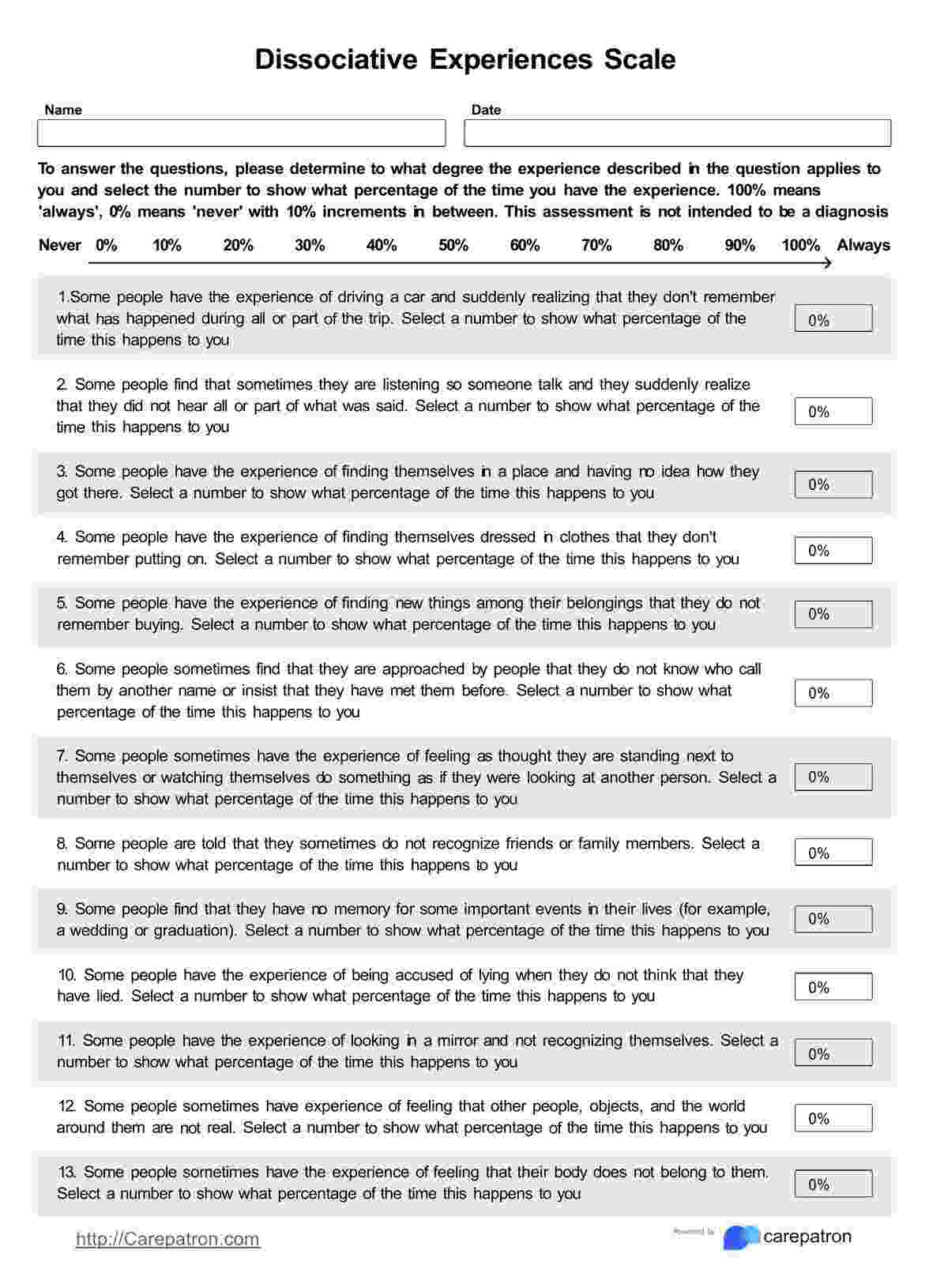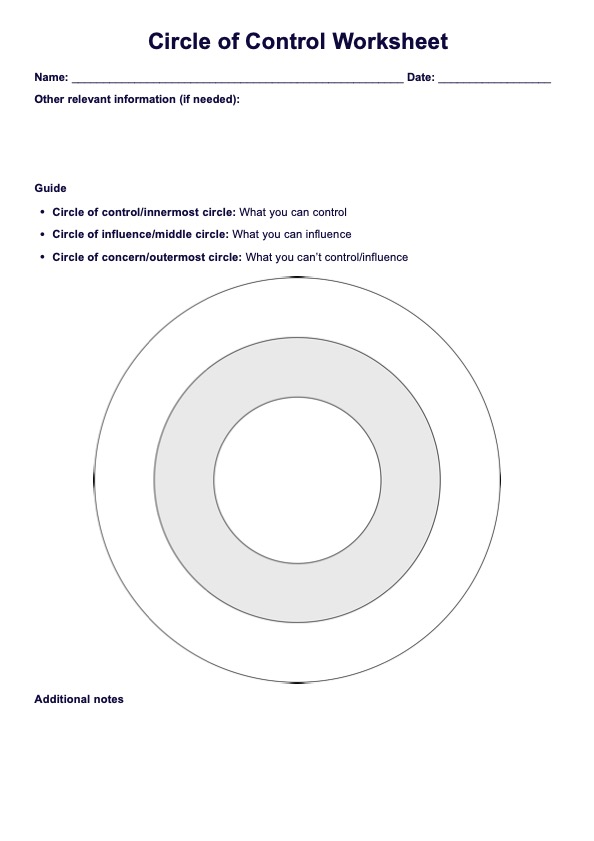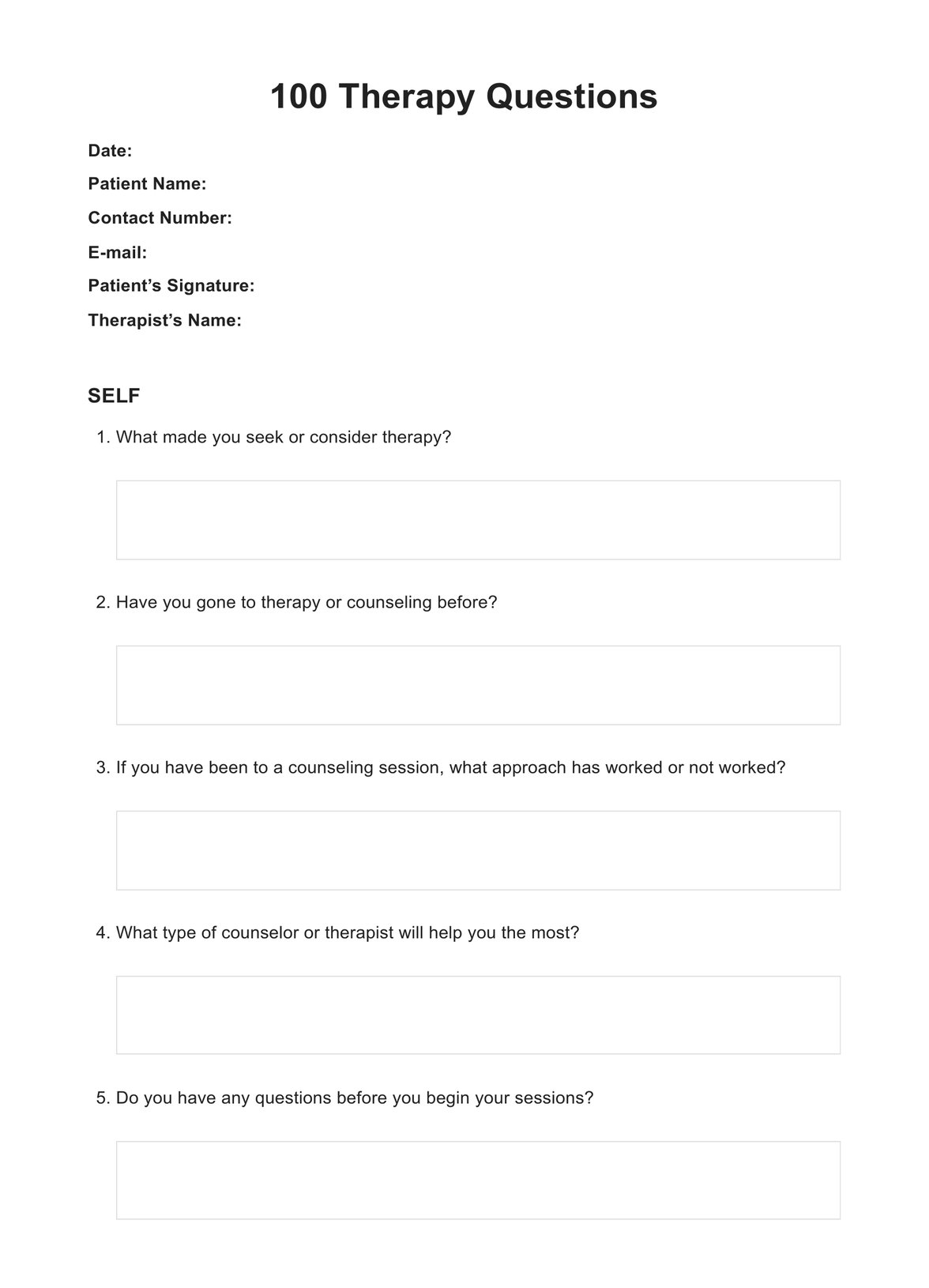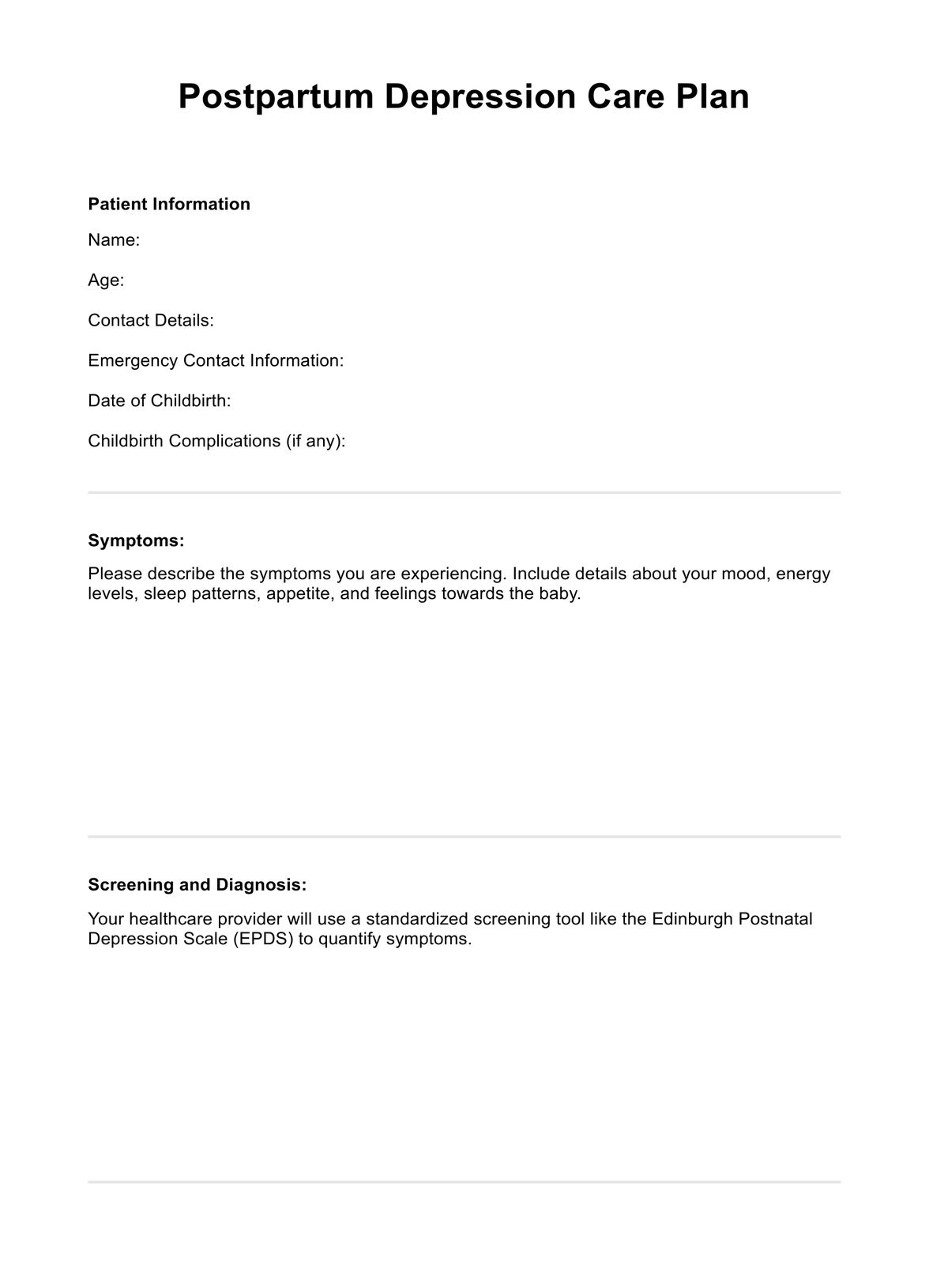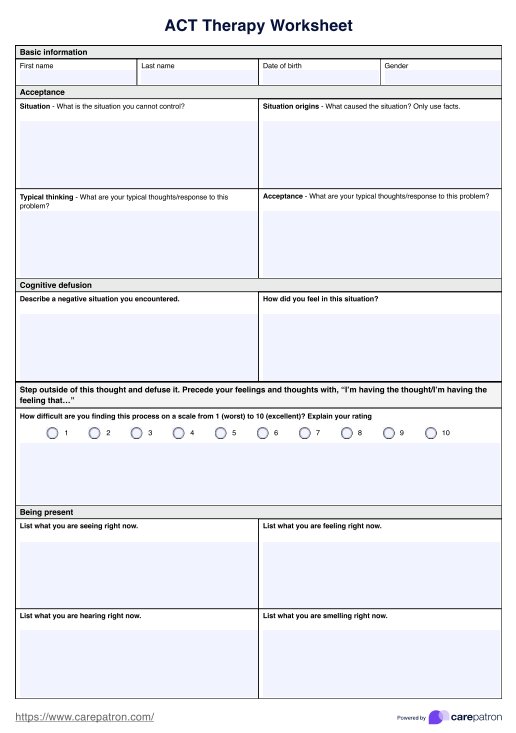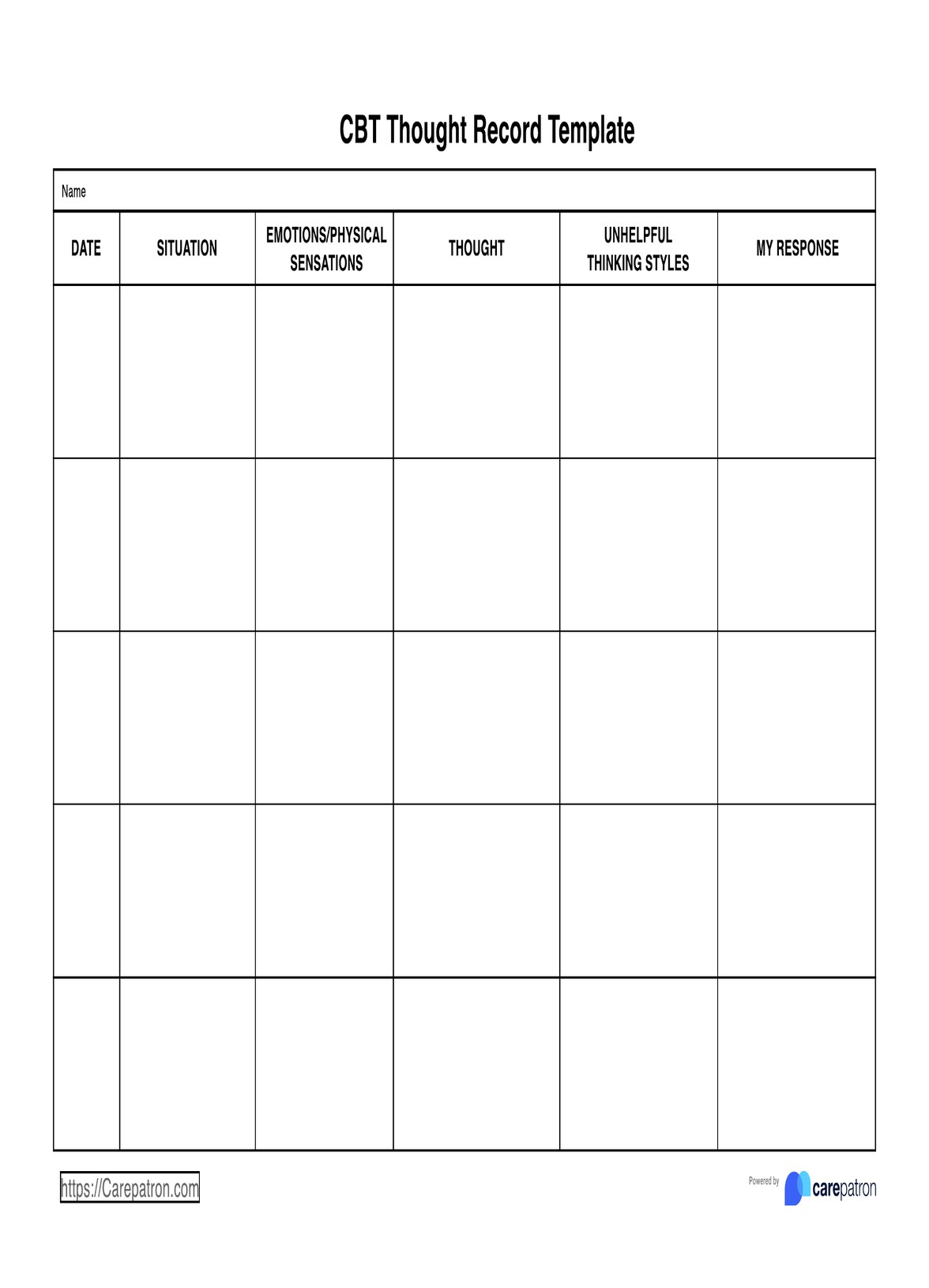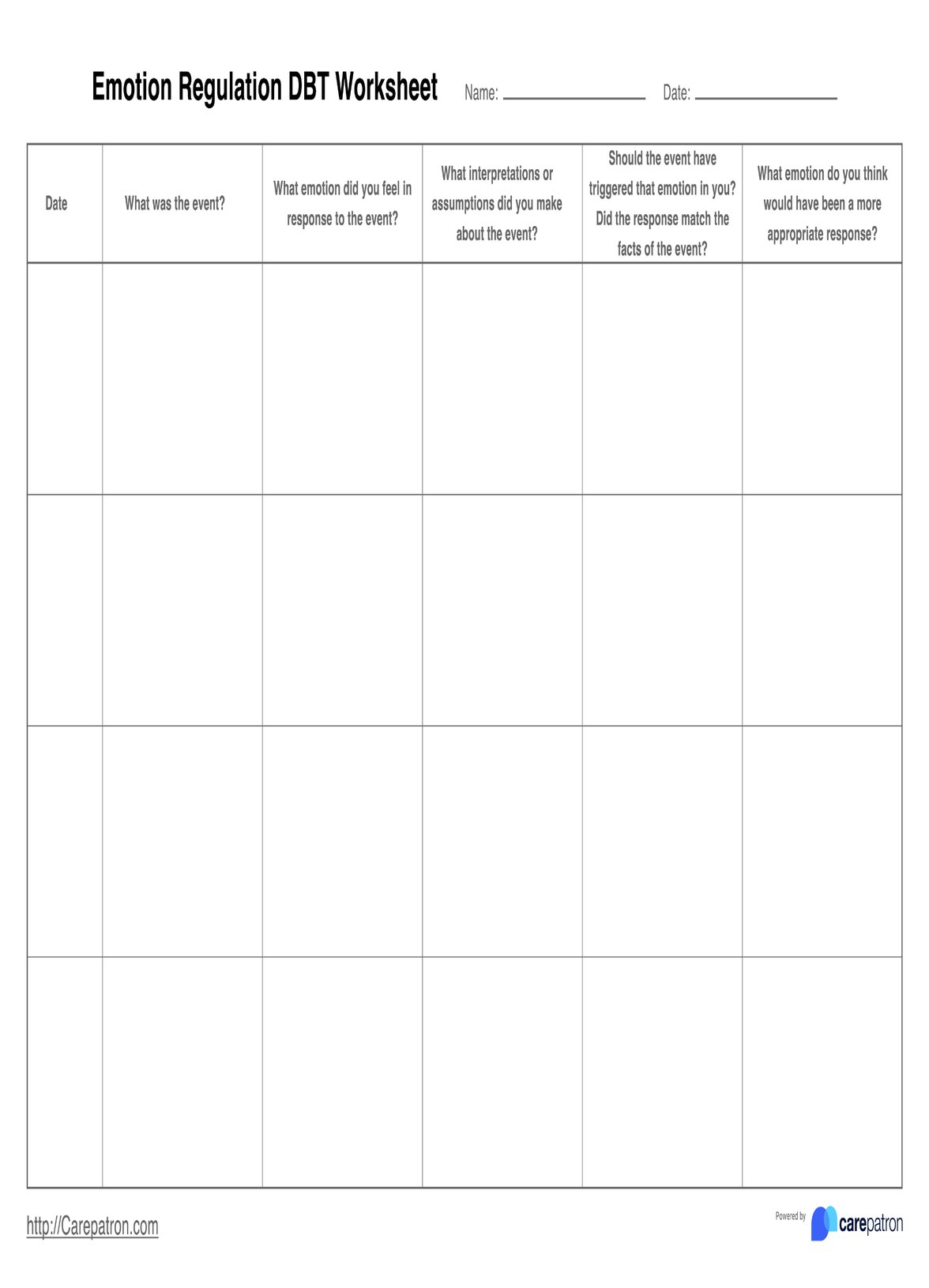ARFID Test
If a patient shows signs of an eating disorder, you should issue the ARFID Test to gauge their attitude towards food and eating habits.


What is the ARFID Test?
Before we discuss what the is, it's best that you know precisely what ARFID is. It was a term coined back in 2013, and it stands for “Avoidant/Restrictive Food Intake Disorder.”
This disorder entails that a person with it tends to avoid eating certain types of food or restrict themselves to only eating certain foods. This sounds trivial, given that every person has food preferences, but we are talking about extreme picky eating and other extreme eating behaviors in this regard. If people avoid certain types of food or strictly restrict themselves to a few or just one, this could lead to unhealthy weight loss, nutritional deficiencies, malnutrition, and even stunted growth (if the person is still growing).
The ARFID Test, or the ARFID Self-Assessment, was developed by Amy Boyers, Ph.D. This assessment was designed to gauge patients for any symptoms of ARFID that they may have. It asks them questions about the patient's eating habits and attitudes toward food, such as why they avoid certain types of food, how much they eat, if they are even interested in food and eating, and much more.
ARFID Test Template
ARFID Test Example
How to use the ARFID Test
The ARFID Test is a straightforward assessment. It's easy to use and can be accomplished within ten minutes.
On the part of the healthcare professional using this for their work, they need to issue this to their patient during an appointment for them to answer on the spot. Or, you can have them take it home to answer on their own time. Just make sure to agree as to when you should receive a fully accomplished copy.
Either way, the patient needs to answer the following items:
- I have always been considered a “picky eater” by those close to me.
- I consider myself to be a “picky eater.”
- I am aware that I eat far fewer foods than my peers do.
- I often feel nervous about foods I have not tried before because I fear I won't like them.
- There are many foods I won't eat because I don't like the way they look.
- There are many foods I won't eat because I don't like the texture.
- There are many foods I won't eat because of the way they smell.
- There are many foods I won't eat because they taste bad to me, even though others find them appealing.
- I am not that interested in food or eating.
- I sometimes won't eat something because I am worried it will make me uncomfortable or sick to my stomach.
- There are foods that will cause me to gag or vomit involuntarily if I try them.
- My parents have repeatedly expressed concern over the way I eat.
- The number of foods I am willing to eat has decreased over time.
- I would rather starve than eat food that I feel unsure about or that is not acceptable to me.
- I feel embarrassed by the way I eat when I am with peers or others who are not aware of my situation.
- The foods I am willing to eat are very specific. I am not willing to eat something similar or comparable if I can't get the specific item (i.e., only a specific brand of food or only that item when prepared at a specific restaurant).
- Seeing others eat foods I am unwilling to eat does not help or encourage me to try them.
- I go through phases with foods where I will eat a food exclusively for some time, and then I get tired of that food and won't eat it again.
- My pickiness with food has impaired my ability to socialize.
- My pickiness with food has impaired my health.
The patient doesn't need to worry about writing down specifics because those can be discussed later. To answer these items, they need to select any one of the following per item:
- Not at all true of me
- A little true of me
- Somewhat true of me
- Very true of me
- Extremely true of me
How to score the ARFID Test
Just as answering the ARFID Test is easy, so is scoring it. You don't have to worry about any complex calculations, nor do you have to do any guesswork as to what score they should have because each answer corresponds to a number:
- Not at all true of me = 1
- A little true of me = 2
- Somewhat true of me = 3
- Very true of me = 4
- Extremely true of me = 5
The minimum score that a patient can get is 20, and the maximum is 100. You just need to calculate the sum of all items. Higher scores indicate that the patient is more likely to have ARFID.
Another way to look at things is to see how many items scored a 4 or 5. If at least six items scored a 4 or 5, the patient is likelier to have ARFID.
As to what you need to do after calculating the results, you will need to have them undergo further evaluation to see if they should get diagnosed with ARFID or not.
When is it best to administer the ARFID Test?
Before we discuss the best/most appropriate times to administer the ARFID Test, we want to remind you that this test is a screening tool and should not be used, under any circumstance, as a diagnostic tool. However, it can be used as part of the diagnostic process. The information gleaned from this test can be used alongside the results of other food disorder-related assessments to help make a diagnosis.
Now, one of the best times to use this is if you suspect your patient has an eating disorder. If, at any point during your sessions with them, they show signs or say things that hint at them having an eating disorder, give this to them and make sure they answer it as soon as possible so that a diagnosis can be made (if needed). So that early intervention/treatment can be implemented.
The ARFID Test can also be used during a patient's treatment process, specifically when creating a treatment plan. The Additional Comments box is more than just you providing comments. It's a way for you to jot down bits of information that you can get from your patient, such as expounded answers about specific questions, like why they are having difficulty eating certain types of food and why they feel certain things whenever the idea of eating something they don't usually eat pops in their mind. If you can get the answers to such questions, you can make a well-rounded treatment plan.
Who can use the ARFID Test for their work?
Since the ARFID Test is specifically designed to screen for symptoms of the ARFID eating disorder, the following healthcare professionals can use this for their work:
- Nutritionists
- Dietitians
- Occupational Therapists
- Rehabilitation Specialists
So long as the healthcare professional is highly trained and experienced in dealing with and treating patients with eating disorders, they can include this in their roster of clinical tools.
If you are not a healthcare professional and you happen to be reading this guide, you may want to know if you can use this as a self-assessment. We'd like to inform you that, yes, you can use this for yourself if you suspect that you have an eating disorder or are developing one. However, please note that you should not self-diagnose yourself with an eating disorder if you ever score high. Do not make any medical-related decisions except for seeing a professional. It's best to consult nutritionists, dietitians, and therapists to discuss your potential eating disorder and see what should be done to curb it.
.png)
What are the benefits of using the ARFID Test?
It can help patients reflect on themselves, educate them, and motivate them to improve.
The ARFID Test asks twenty questions about a person's eating habits and attitudes. When patients answer the test, they might reflect on themselves because who knows? Some questions on the test might help them realize things about themselves that they didn't know before but were present all along.
This opens up the opportunity to discuss nutrition and why they shouldn't avoid or restrict themselves to only eating a specific type of food. Recognizing their perspectives on food as problematic might motivate them to improve and change their eating habits and attitudes.
It can help professionals create tailor-fitted treatment plans.
While it's possible to implement a general plan for patients with eating disorders, it might not always be the best because a particular person's eating disorder might be different from someone else's. The ARFID Test can help create personalized treatment plans for patients who answered them because the professional can have their patients expound on their answers beyond the set options presented on the test.
It can help identify what particular food a patient doesn't like, why they fear or have disgust for a specific food, and how their eating habits affect them psychologically. If they can answer these questions, the professional can find ways to improve their nutritional intake, help them overcome their fear of or disgust for certain foods, and change their mind about negative perspectives.
Professionals can use this to monitor their patients.
Let's say that you made a treatment plan for your patient, and they are already following it. Naturally, you'll want to know how they are doing since they started following the plan. You can reissue this to your patient and see if there are any changes to their answers. If there are any changes and they are for the better, then awesome! Your treatment plan must work, and they are developing healthier eating habits and attitudes. If not, perhaps the plan needs to be adjusted or overhauled.
Commonly asked questions
If the patients can easily answer each item as soon as they read them, they can finish this in 5 to 10 minutes. Though, do remember the point that this could make them reflect on themselves, so don’t be surprised if they take longer to answer.
No. While this assessment is called the ARFID Test, it is not a diagnostic tool for ARFID. It’s a screening tool to check for ARFID symptoms in patients. It, however, can be used as part of the diagnostic process because the answers can be used alongside results of other assessments to help a professional confirm an ARFID diagnosis.
Of course, but take into account the age of the child. They might not understand the items and may not be old enough to look inward when it comes to their eating habits.


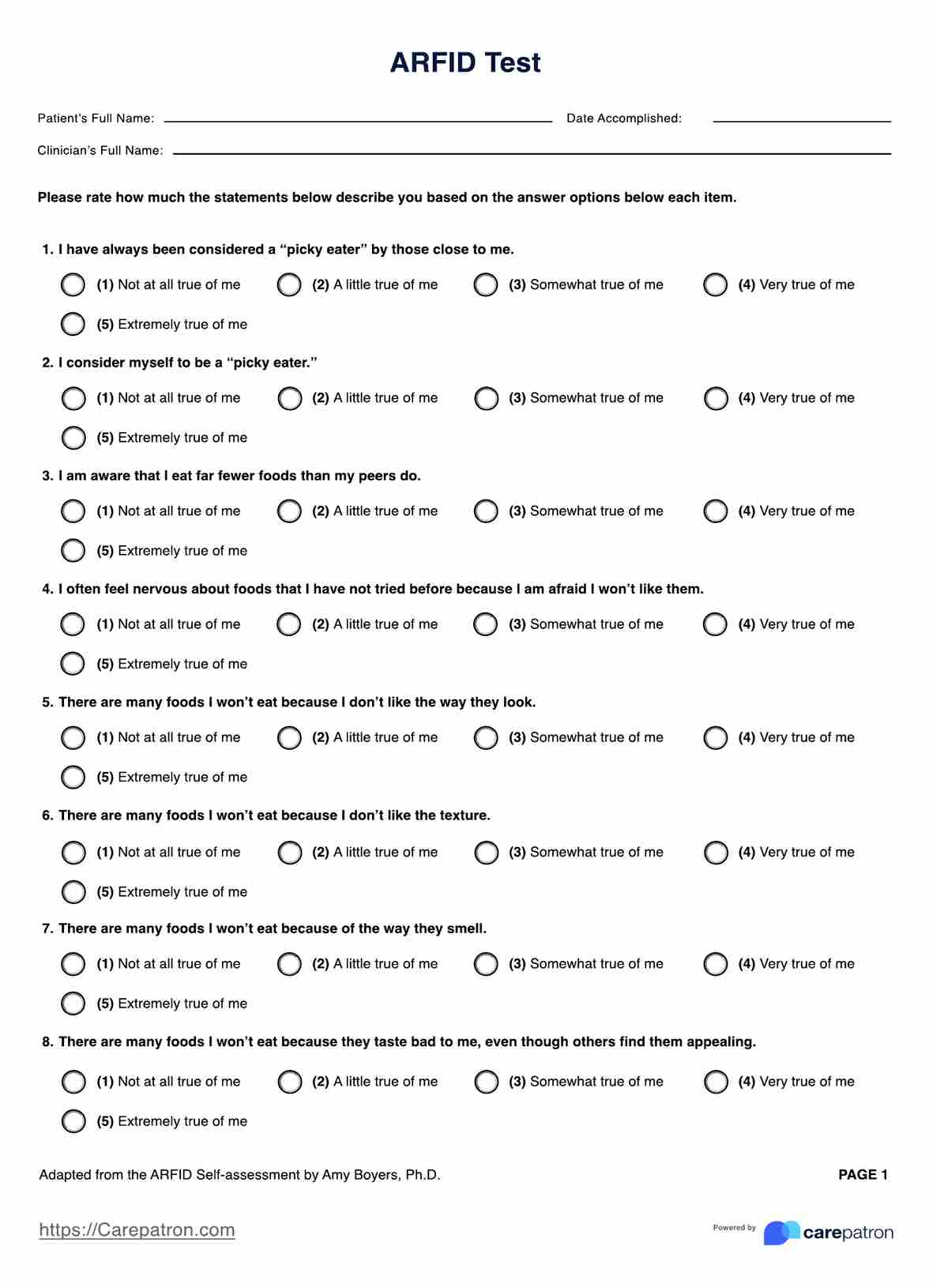
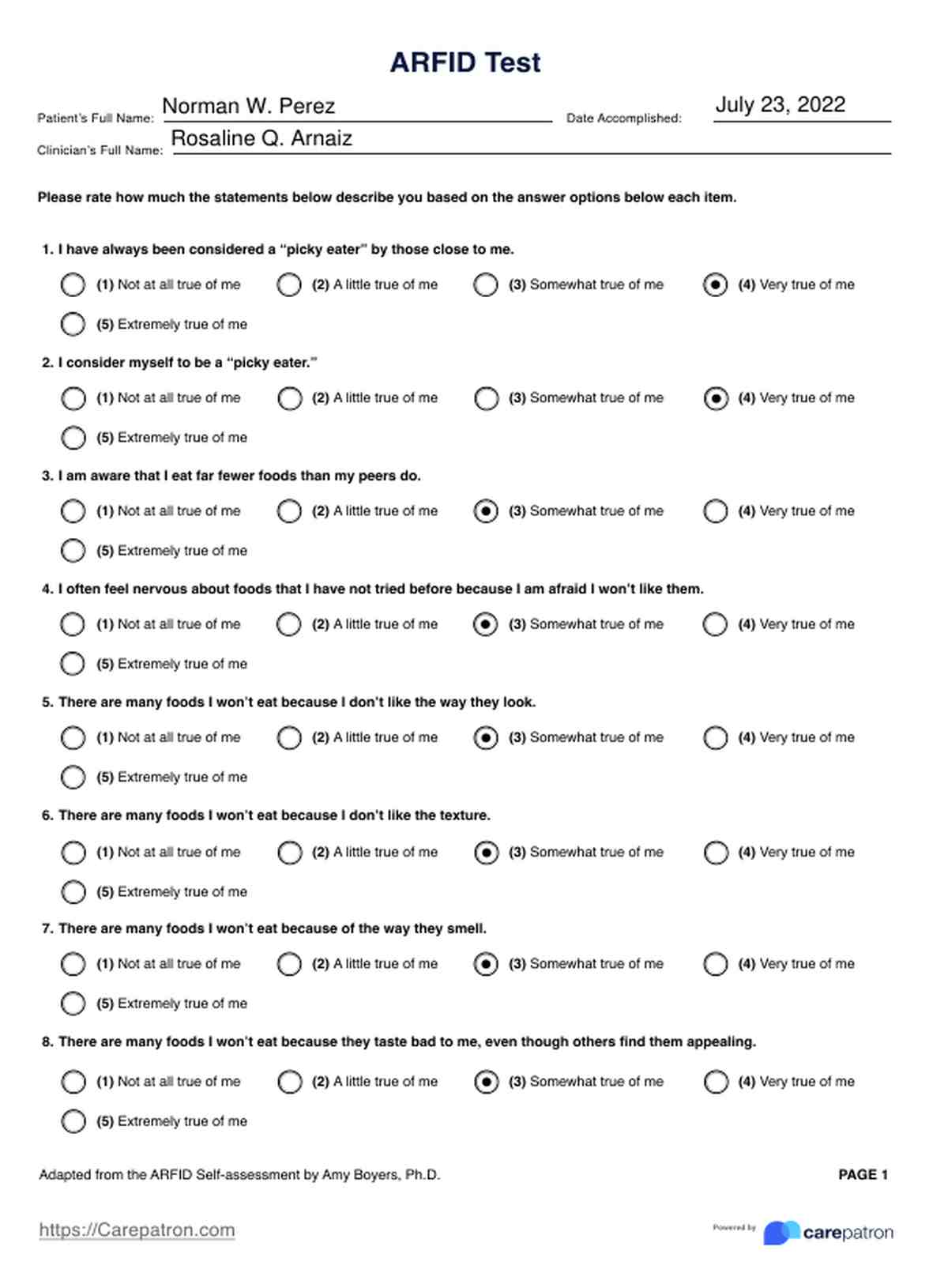













-template.jpg)























































































